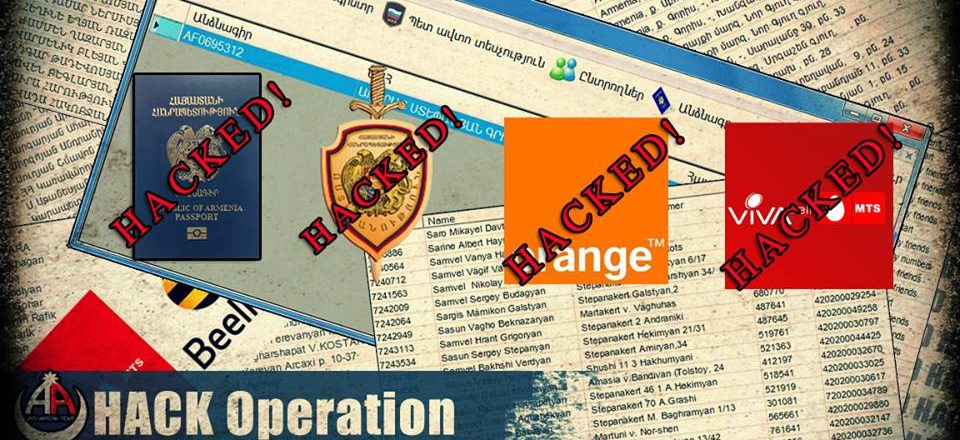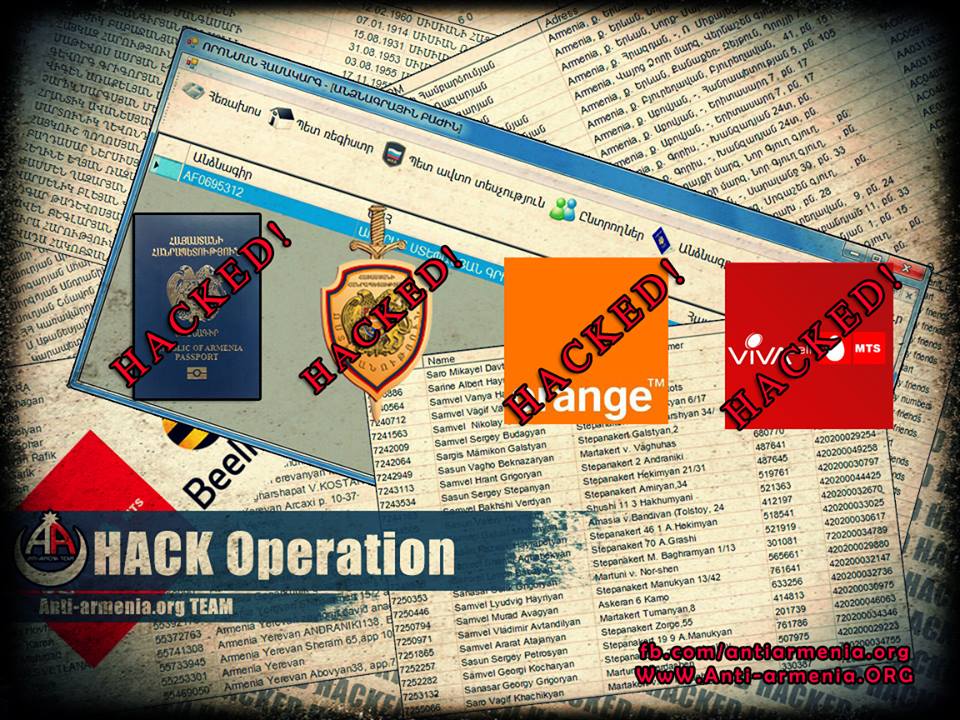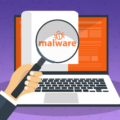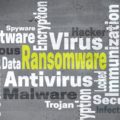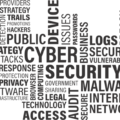You would like to think that governments know a thing or two about cyber security. But a recent hack in Armenia has proved otherwise.
European security experts ESET have confirmed that numerous websites belonging to the Armenian government have been targeted and compromised by hackers. The compromised websites have been infected with malware and pose a nasty security risk to visitors. It’s suspected that the hackers behind this attack are Turla, a Russian hacking group.
We’ve discussed malicious websites before, but this latest attack is a little different. Therefore, it’s crucial that you understand the unique methods behind the infection.
What’s the Story?
The suspected hackers have targeted several websites that come under the control of the Armenian government, but the same fingerprints have also been found on a few non-government websites. Regardless of which website is infected, the methods employed are the same. However, where this attack differs from normal is its selective nature. Rather than attacking every visitor that accesses the infected websites, the malware only targets high-ranking visitors. So, for example, a civilian visitor is likely to remain uninfected, but a government official will not be so lucky.
It’s intriguing that the malware is only interested in high-ranking officials and indicates that there could be a political angle to the attack. Speculation aside, what is known for certain is how the attack unfolds. Once a visitor has been established as ‘high-value’ a command-and-control server generates a malicious JavaScript code. This code is used to deliver a popup window prompting the user to download a Flash update. But while this does, in fact, install a genuine version of Flash, it also contains PyFlash. And this backdoor application allows hackers to gain full access to the infected PC.
How Do You Protect Yourself?
Naturally, the security risk of compromised government PCs is considered high. And, while it is unlikely to affect smaller organizations at present, the selective nature of the attack is troubling. Therefore, it’s important that you safeguard your business against similar attacks. This can be achieved by following these best practices:
- Use Website Filters: One of the best ways to protect your organization from infected websites is by integrating website filters into your IT setup. These filters are backed up by huge databases, which are regularly updated, and will prevent your users from accessing websites considered a security risk.
- Prevent Software Installation: The majority of applications that your employees will want to install are likely to be genuine and safe. But, as with fake Flash updates, this is not always the case. And this is why it makes sense to enforce a complete blanket ban on unauthorized installs. Accordingly, any install requests should be submitted to an IT professional who can evaluate the risk of each proposition.
- Block Popup Adverts: It’s rare that any PC user welcomes the appearance of a popup advert. And, with the risk of malicious popups so prevalent, it’s the last thing that an IT professional wants to see as well. Therefore, it makes sense to minimize this risk by installing a popup blocker. Not only will this reduce the risk of malware being installed, but it will also provide your PC users with an enhanced experience.
For more ways to secure and optimize your business technology, contact your local IT professionals.



